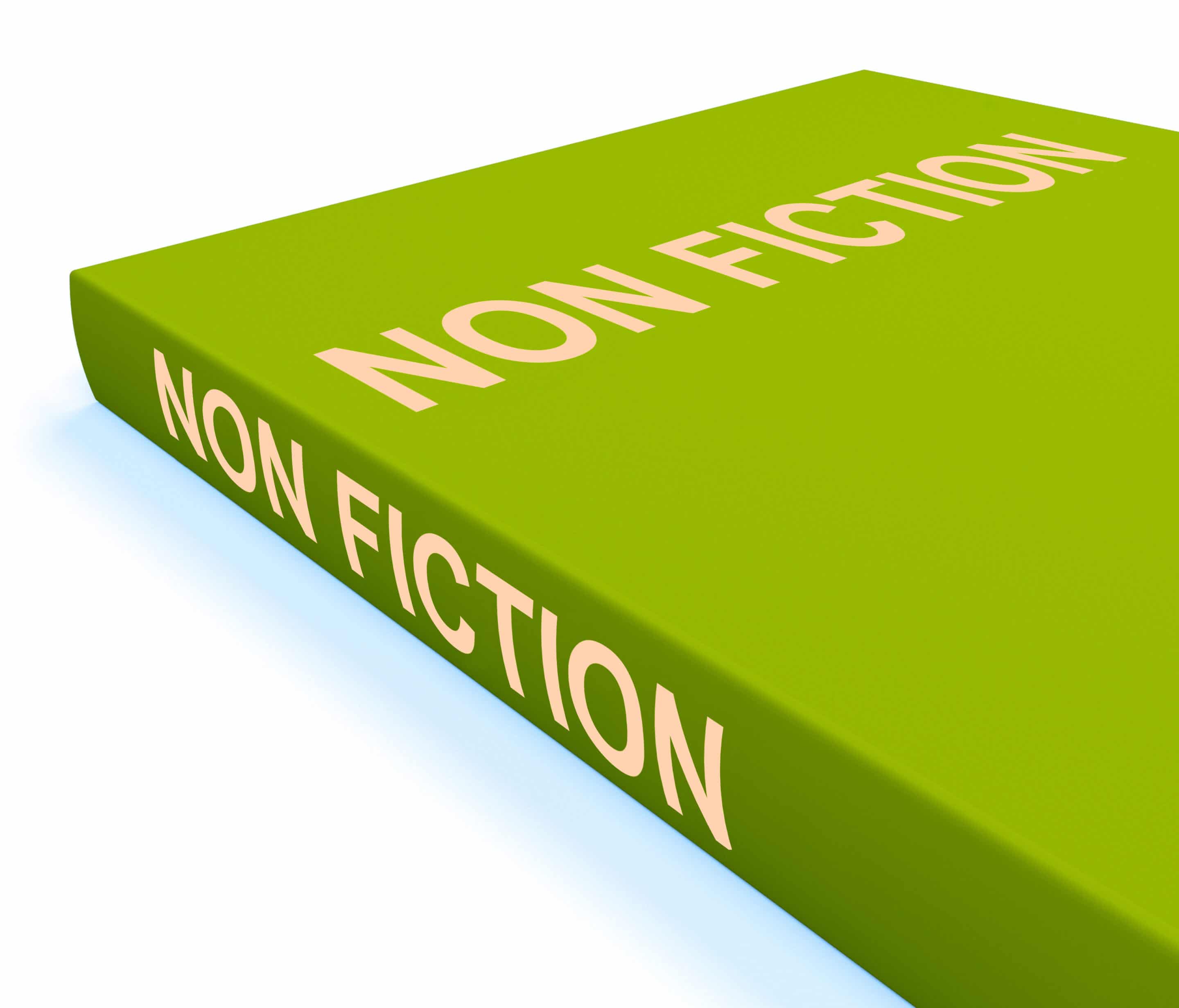
Children usually first get introduced to fictional stories and tales when learning to read. Every now and then, they may encounter a short book about animals, colors, and shapes, but for the most part, kids are taught how to read mainly through fiction.
Learning to read nonfiction, especially during later primary education, middle school, and high school, is a completely different beast. Students are trying to grasp factual information from the text. There may not be a specific beginning, middle, and end for some of the material, but rather informative data about particular topics.
For educators, it is about knowing how to approach teaching nonfiction to help ensure the students are using the best strategies and methods to learning the material.
Teaching Elements of Nonfiction
Stressing to the students that there are certain elements to be aware of when reading nonfiction text will help them focus on key details when reading to learn certain information.
- All information contained in nonfiction text is to be considered factual.
- The layout of nonfiction text will be different than fiction with more headings.
- Headings and subheadings usually provide the main idea for each passage.
- Charts and diagrams will often accompany nonfiction text. This data can be even more important than the text itself.
- Critical vocabulary in the text will usually be in bold when introduced to the reader.
Types of Text Structure for Nonfiction
When presented with nonfiction text, generally it follows a basic formula.
- The writer will use descriptive text about a topic, person, or idea.
- Sequencing is used when the text is about a person or event, as there will be a beginning and end dealing with cause and effect.
- Many times, nonfiction is written about a problem and how a solution came into effect.
Use Graphic Organizers When Reading Nonfiction Text
The point of presenting text to students is to provide them knowledge. With nonfiction text, the comprehension is a bit different than fiction since there is factual information involved and not simply a created story with characters.
Use nonfiction graphic organizers to determine if the student is grasping the information correctly. There are plenty of nonfiction graphic organizers available for free online. Here are a few of the categories that will be listed on some of the more popular organizers.
- Who was involved?
- Main idea of the text.
- Problem and solution.
- When and where did it take place?
- In your own words, summarize the text.
- Facts from the text that support the main idea.
- What is your opinion of the text?
LightSail
LightSail is a comprehensive online literacy platform that provides students access to thousands of books instantly. Many of these books are nonfiction and available to use at all grade levels. Furthermore, to ensure comprehension, a Lexile assessment is attached to each book for each student to take when finished.
Posted on 10.Oct.21 in Literacy Strategies




